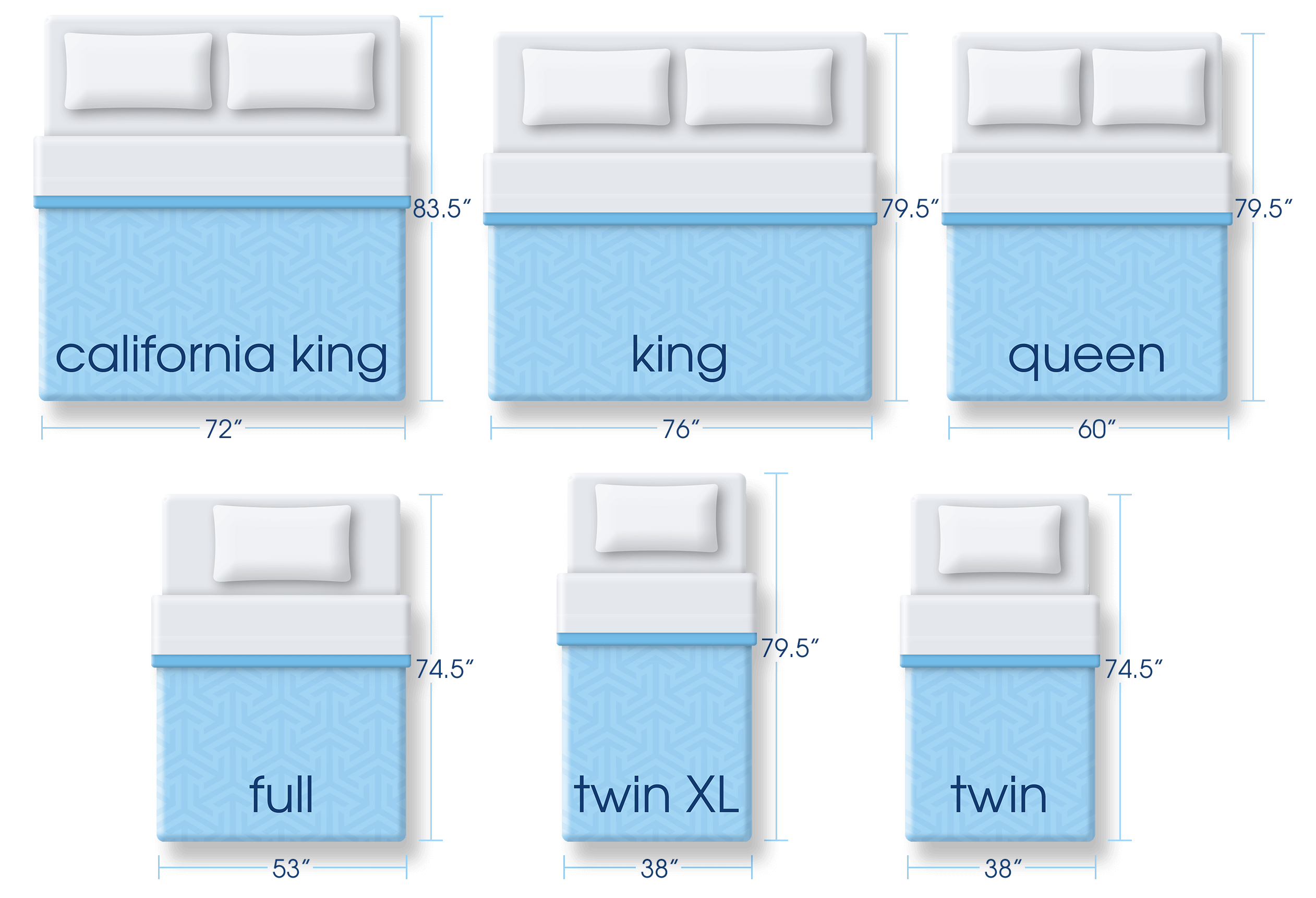1. How to Choose the Right Kitchen Sink for Your Home
Choosing the right kitchen sink for your home may seem like a simple task, but with so many options available, it can quickly become overwhelming. The first thing to consider is the material of the sink. Stainless steel is a popular choice for its durability and affordability, while granite composite offers a more modern and sleek look. Porcelain sinks are also a classic choice, but they can be prone to chipping and staining. Think about your budget, style preferences, and maintenance needs when deciding on the material.
2. The Ultimate Guide to Kitchen Sink Materials
As mentioned, there are various materials to choose from when it comes to kitchen sinks. Each material has its own unique pros and cons. Stainless steel is resistant to stains and scratches, but it can be noisy and show water spots. Granite composite is durable and easy to clean, but it can be more expensive. Fireclay sinks offer a unique, farmhouse look, but they can be heavy and require extra support. Copper sinks are visually stunning, but they can be high maintenance. Consider your needs and preferences before making a decision.
3. A Step-by-Step Guide to Installing a Kitchen Sink
If you're handy and want to save some money, you may opt to install your kitchen sink yourself. However, it's important to note that this is a task that requires some skill and knowledge. Start by measuring your sink and making sure it will fit in your cabinet. Next, you'll need to remove the old sink and disconnect the plumbing. Follow the manufacturer's instructions to install the new sink and reconnect the plumbing. Finally, caulk around the edges of the sink to prevent water from seeping in.
4. The Dos and Don'ts of Cleaning Your Kitchen Sink
Regular cleaning of your kitchen sink is crucial to maintain its appearance and prevent the spread of bacteria. Do use a soft cloth and gentle cleanser to avoid scratching the surface of your sink. For tougher stains, you can use a mixture of baking soda and water. Avoid using abrasive cleaners or harsh chemicals, as they can damage the sink's finish. Don't leave dirty dishes or standing water in the sink for extended periods of time. This can lead to staining and bacteria growth.
5. The Complete Guide to Kitchen Sink Styles and Designs
Kitchen sinks come in a variety of styles and designs to fit any aesthetic. The most common styles include top-mount, undermount, and farmhouse. Top-mount sinks are the most affordable and easiest to install. Undermount sinks provide a sleek and seamless look, but they can be more expensive and require professional installation. Farmhouse sinks have a large, apron-front and add a charming, rustic touch to the kitchen. Consider the style and design of your kitchen when choosing a sink.
6. Troubleshooting Common Kitchen Sink Problems
Even with proper maintenance, kitchen sink problems can still occur. One common issue is a clogged drain. To unclog it, you can try using a plunger or a drain snake. Another common issue is a leaky faucet. This may be due to a worn-out washer or O-ring, which can easily be replaced. If the problem persists, it may be a sign of a more significant issue that requires a professional plumber.
7. A Beginner's Guide to Kitchen Sink Plumbing
Understanding the basics of kitchen sink plumbing can save you time and money in the long run. The main components of a kitchen sink plumbing system include the faucet, drain, and garbage disposal. Make sure to properly connect and seal all these parts to prevent leaks. If you're unsure about any aspect of the plumbing, it's best to consult a professional to avoid any potential issues.
8. How to Organize Your Kitchen Sink Area for Maximum Efficiency
The kitchen sink area is not only for washing dishes, but it's also a place for food preparation and storage. Keep your cleaning supplies, sponges, and dish soap within easy reach of the sink. Invest in a sink caddy or organizer to keep everything in its place. Use over-the-sink cutting boards and colanders to save counter space and make food prep more convenient. Keeping your sink area organized can make a big difference in the functionality of your kitchen.
9. The Pros and Cons of Different Kitchen Sink Configurations
Aside from styles and designs, kitchen sinks also come in different configurations. Single bowl sinks are great for smaller kitchens and offer more space for washing large items. Double bowl sinks allow for multitasking and separation of dirty and clean dishes. Triple bowl sinks provide even more space but can be challenging to install and may not fit in all cabinets. Consider your needs and preferences when deciding on a sink configuration.
10. A Comprehensive Guide to Choosing the Right Kitchen Sink Size
The size of your kitchen sink can make a big impact on the functionality and appearance of your kitchen. A standard sink size is around 22 inches long and 30 inches wide. However, larger sinks can range from 30 inches to 45 inches in length. Consider the size of your kitchen and your daily needs when choosing the right size. Remember to also consider the size of your cabinet and the installation process. A sink that is too big may not fit, while a sink that is too small may look out of place.
A Guide to Choosing the Perfect Kitchen Sink
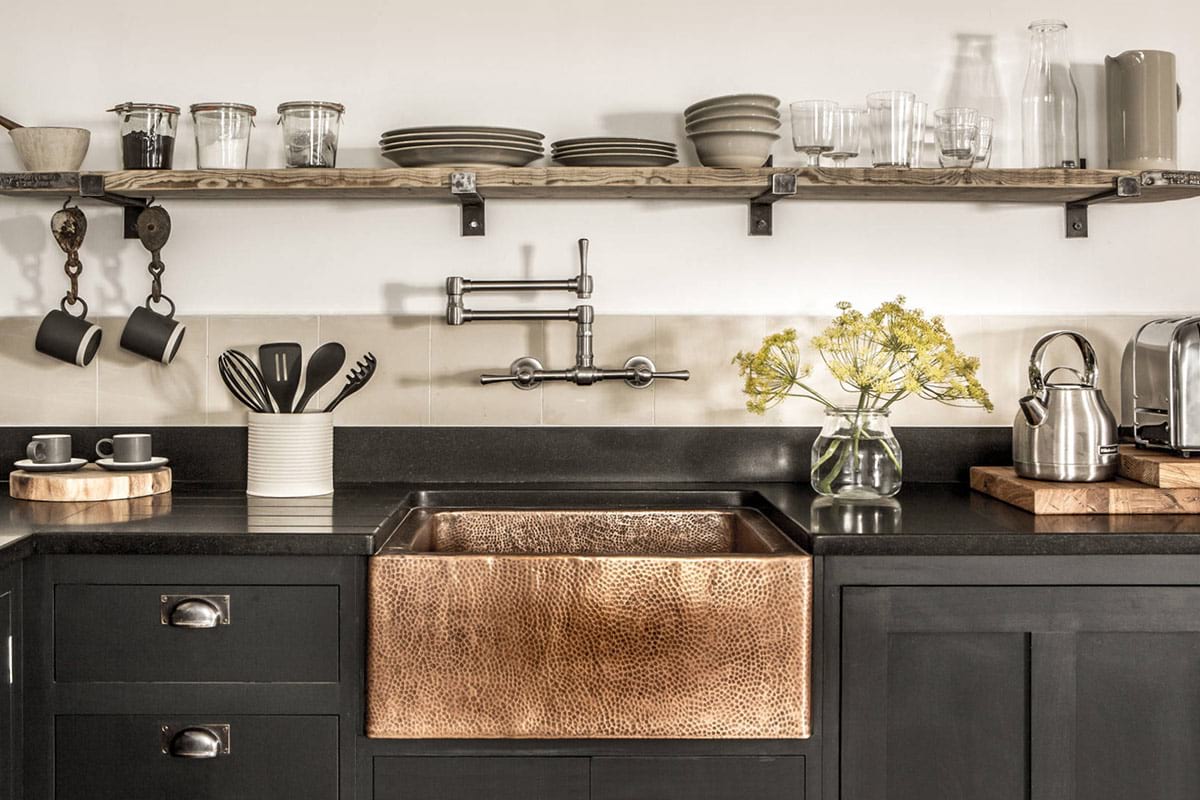
The Importance of a Kitchen Sink in House Design
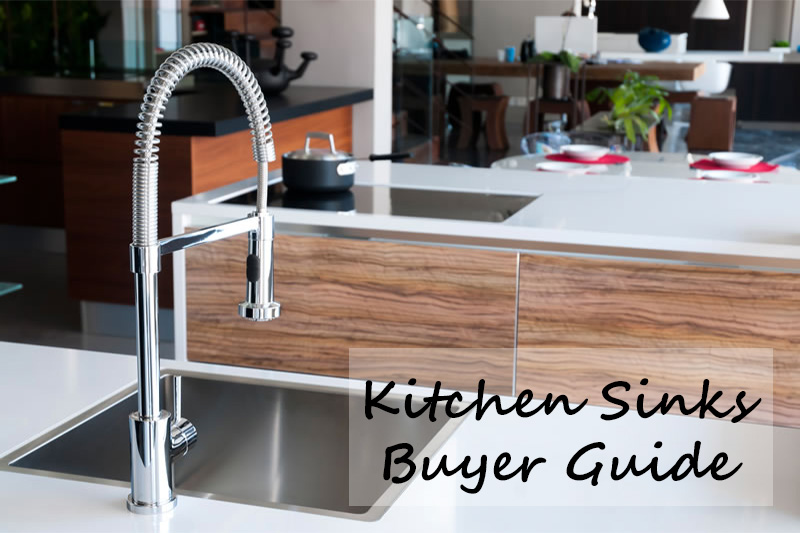 When it comes to designing your dream home, the kitchen is often considered the heart of the house. It is where meals are prepared, memories are made, and conversations flow. However, no kitchen is complete without a
kitchen sink
. This essential fixture not only serves a practical purpose but also adds to the overall aesthetic and functionality of the space. Choosing the right kitchen sink is a crucial decision in the house design process, and this guide will help you navigate through the options and find the perfect fit for your home.
When it comes to designing your dream home, the kitchen is often considered the heart of the house. It is where meals are prepared, memories are made, and conversations flow. However, no kitchen is complete without a
kitchen sink
. This essential fixture not only serves a practical purpose but also adds to the overall aesthetic and functionality of the space. Choosing the right kitchen sink is a crucial decision in the house design process, and this guide will help you navigate through the options and find the perfect fit for your home.
Factors to Consider When Choosing a Kitchen Sink
 Size:
The size of your kitchen sink will depend on the size of your kitchen and your specific needs. Consider the amount of counter space you have available and the size of your family to determine the ideal size.
Material:
Kitchen sinks come in a variety of materials, each with its own unique qualities. Some popular options include stainless steel, porcelain, and granite. Consider the durability, maintenance, and aesthetic appeal of each material before making a decision.
Style:
The style of your kitchen sink should complement the overall design of your kitchen. Farmhouse, undermount, and top mount are some common styles to choose from.
Undermount sinks
are popular for their sleek and seamless look, while
top mount sinks
offer a more traditional and budget-friendly option.
Functionality:
Think about how you will use your kitchen sink and choose a design that fits your needs. For example, if you do a lot of cooking, a sink with multiple compartments or a built-in drainboard may be more practical.
Size:
The size of your kitchen sink will depend on the size of your kitchen and your specific needs. Consider the amount of counter space you have available and the size of your family to determine the ideal size.
Material:
Kitchen sinks come in a variety of materials, each with its own unique qualities. Some popular options include stainless steel, porcelain, and granite. Consider the durability, maintenance, and aesthetic appeal of each material before making a decision.
Style:
The style of your kitchen sink should complement the overall design of your kitchen. Farmhouse, undermount, and top mount are some common styles to choose from.
Undermount sinks
are popular for their sleek and seamless look, while
top mount sinks
offer a more traditional and budget-friendly option.
Functionality:
Think about how you will use your kitchen sink and choose a design that fits your needs. For example, if you do a lot of cooking, a sink with multiple compartments or a built-in drainboard may be more practical.
Maintaining Your Kitchen Sink
 Once you have chosen the perfect kitchen sink for your home, it is important to maintain it properly to ensure its longevity and functionality. Regularly clean your sink with a gentle cleaner and avoid using abrasive materials that can scratch the surface.
Stainless steel sinks
can be kept shiny with a mixture of equal parts water and vinegar, while
porcelain sinks
can be cleaned with a mild detergent. Additionally, avoid leaving standing water in your sink to prevent any potential damage.
Once you have chosen the perfect kitchen sink for your home, it is important to maintain it properly to ensure its longevity and functionality. Regularly clean your sink with a gentle cleaner and avoid using abrasive materials that can scratch the surface.
Stainless steel sinks
can be kept shiny with a mixture of equal parts water and vinegar, while
porcelain sinks
can be cleaned with a mild detergent. Additionally, avoid leaving standing water in your sink to prevent any potential damage.
In Conclusion
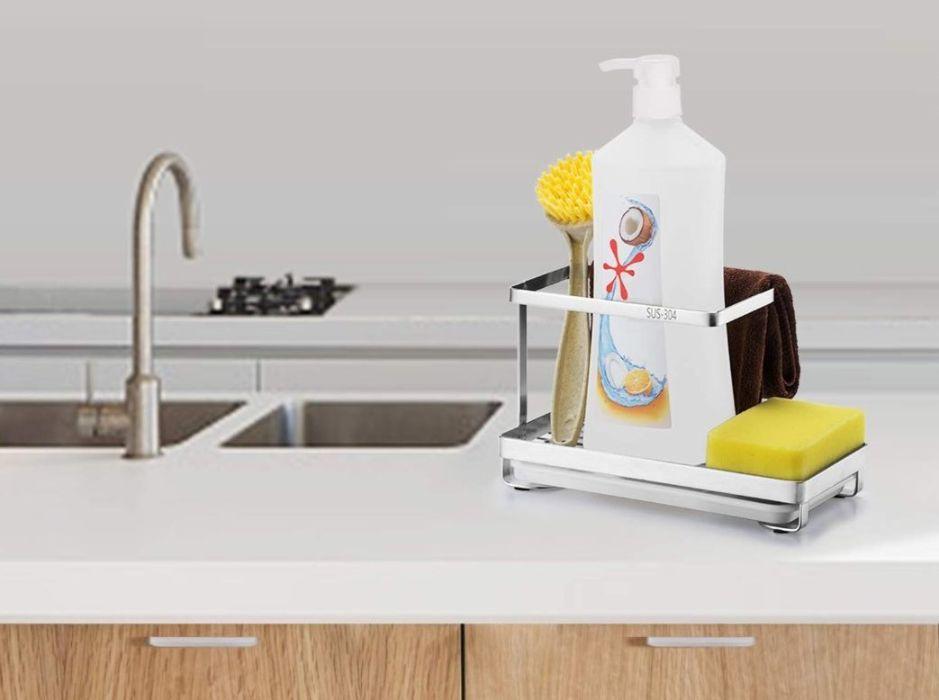 Your kitchen sink is not only a functional element but also a design feature that can enhance the overall look and feel of your kitchen. Consider the size, material, style, and functionality when choosing the perfect kitchen sink for your home. With proper maintenance, your kitchen sink will continue to serve as the heart of your home for years to come.
Your kitchen sink is not only a functional element but also a design feature that can enhance the overall look and feel of your kitchen. Consider the size, material, style, and functionality when choosing the perfect kitchen sink for your home. With proper maintenance, your kitchen sink will continue to serve as the heart of your home for years to come.




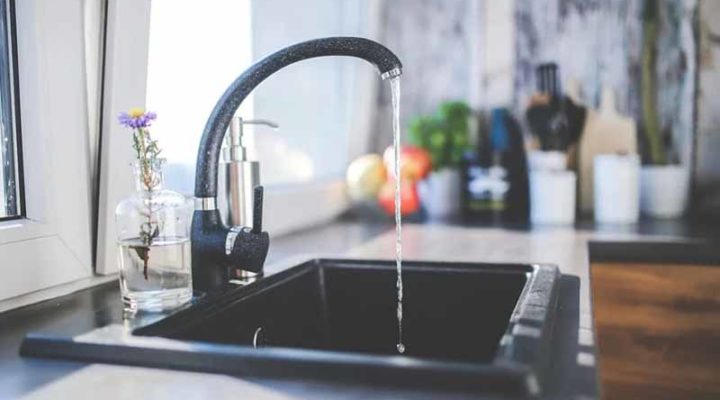









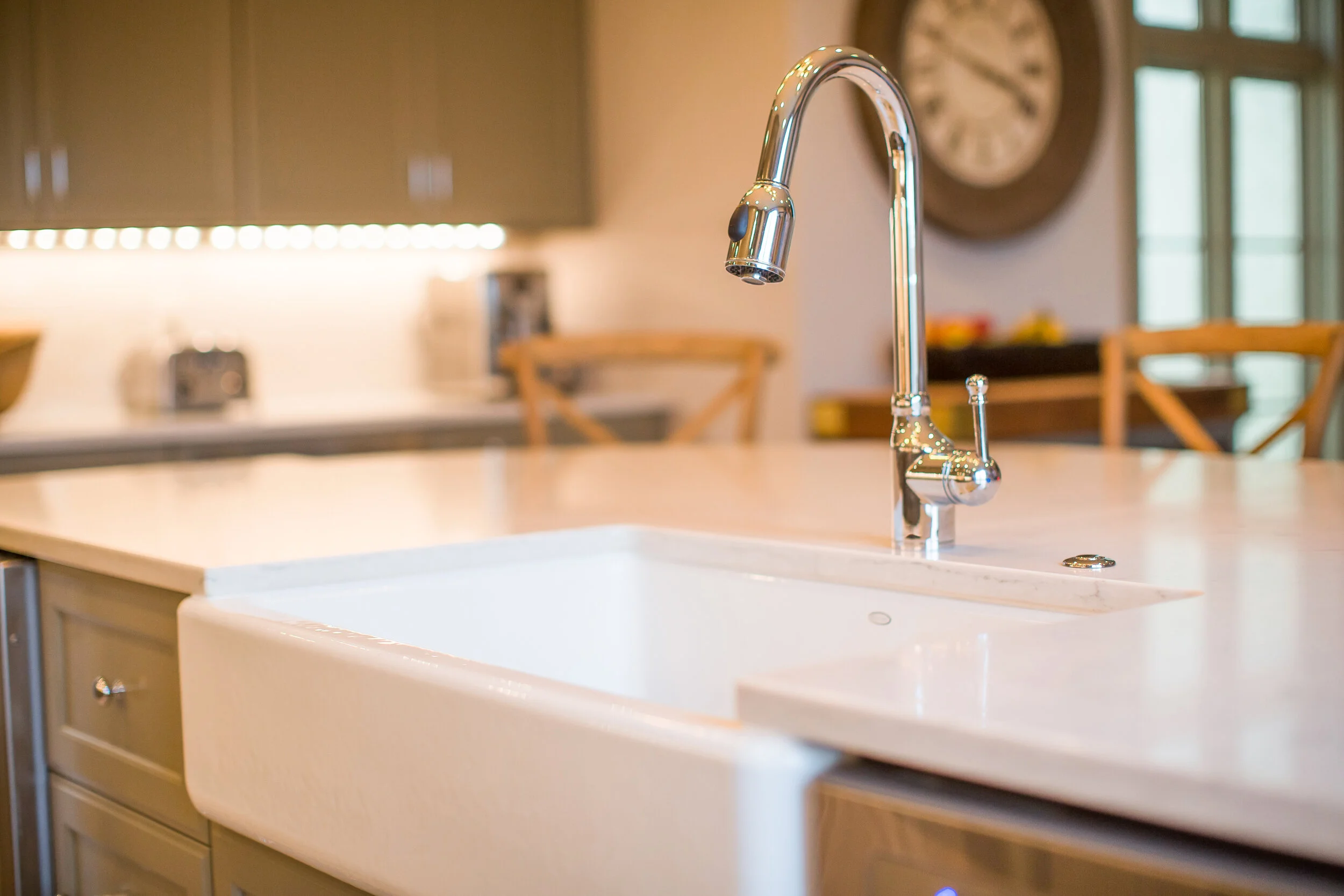




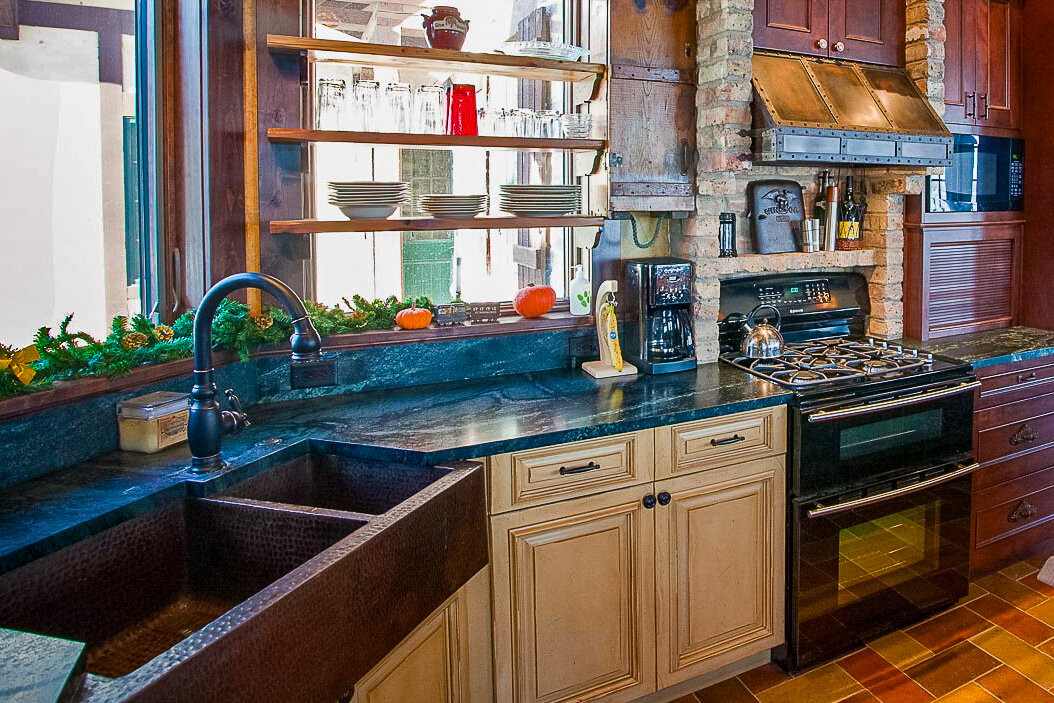




:no_upscale()/cdn.vox-cdn.com/uploads/chorus_asset/file/19495086/drain_0.jpg)








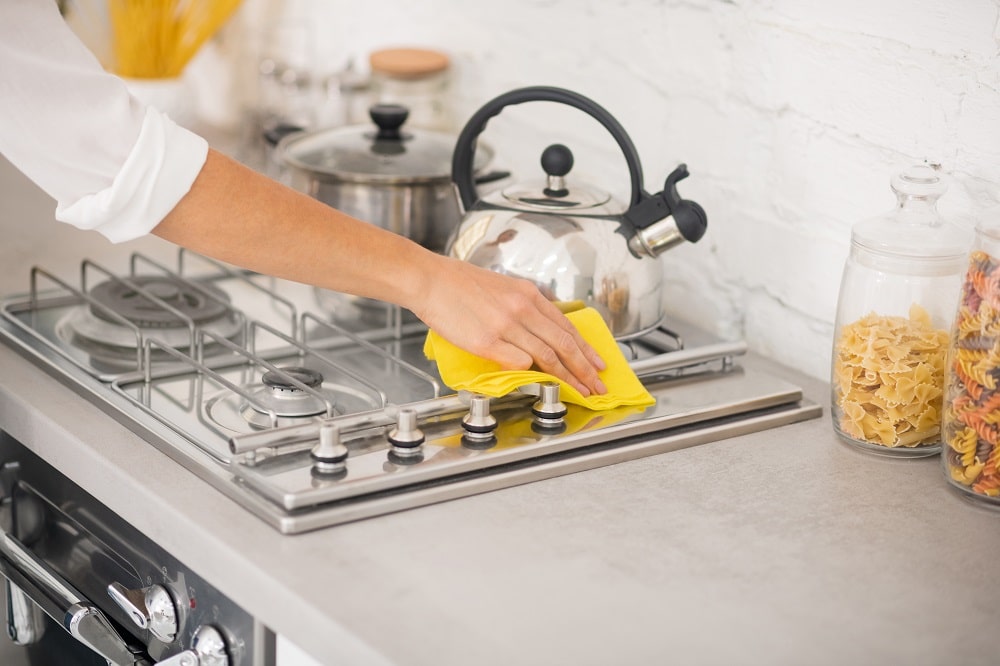






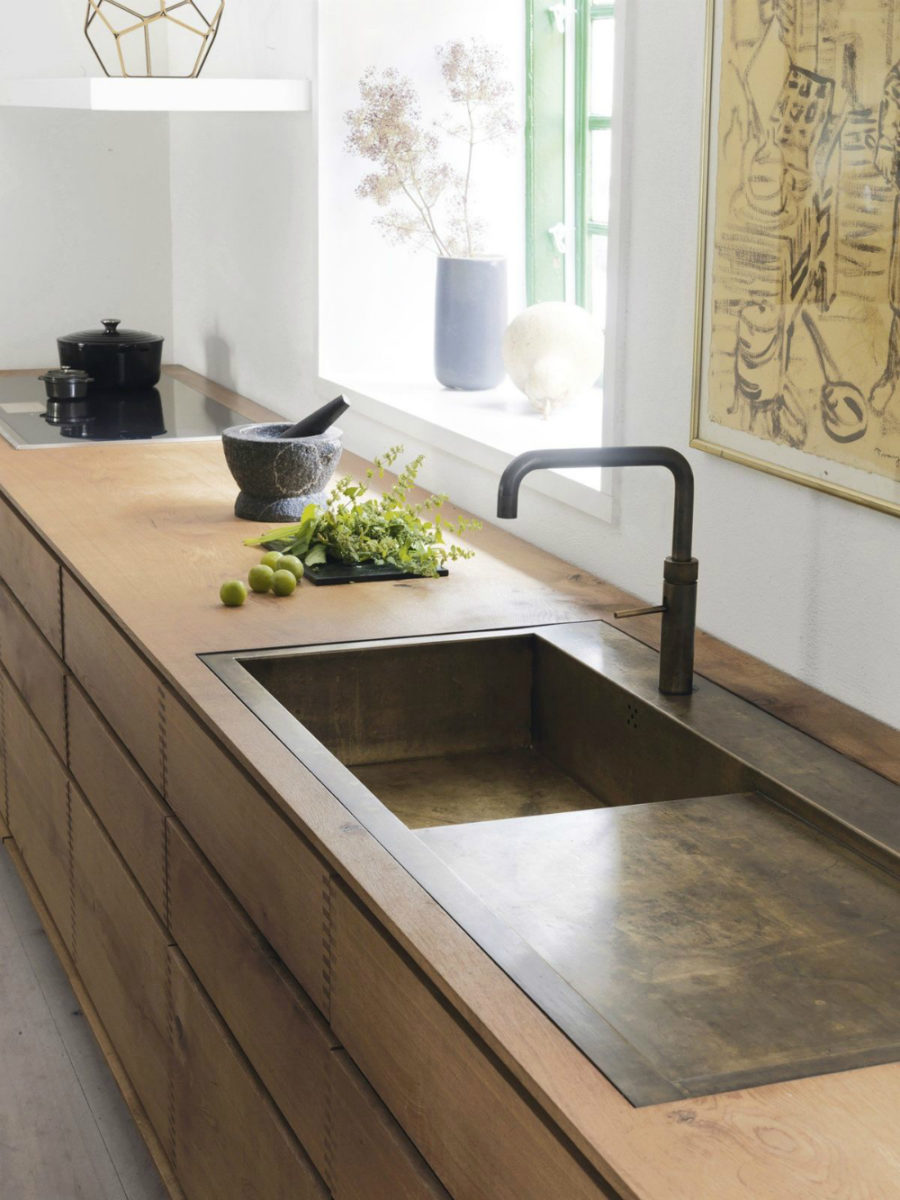



:max_bytes(150000):strip_icc()/best-kitchen-sinks-4801594-jay-wilde-c7cfe5a945f84158a6eef3b25bdec316.jpg)
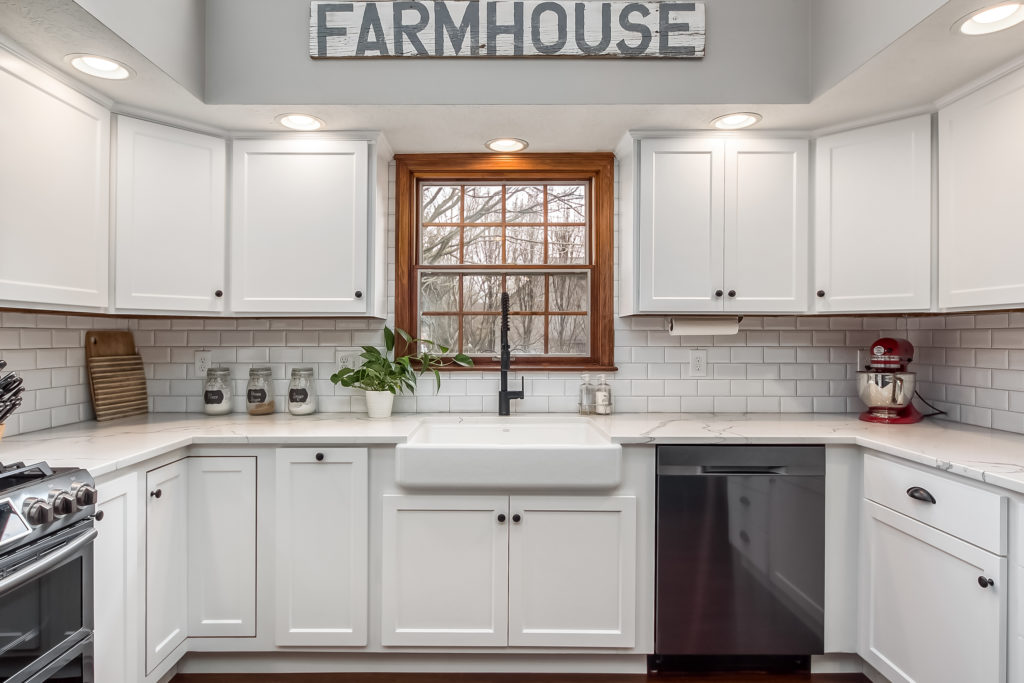

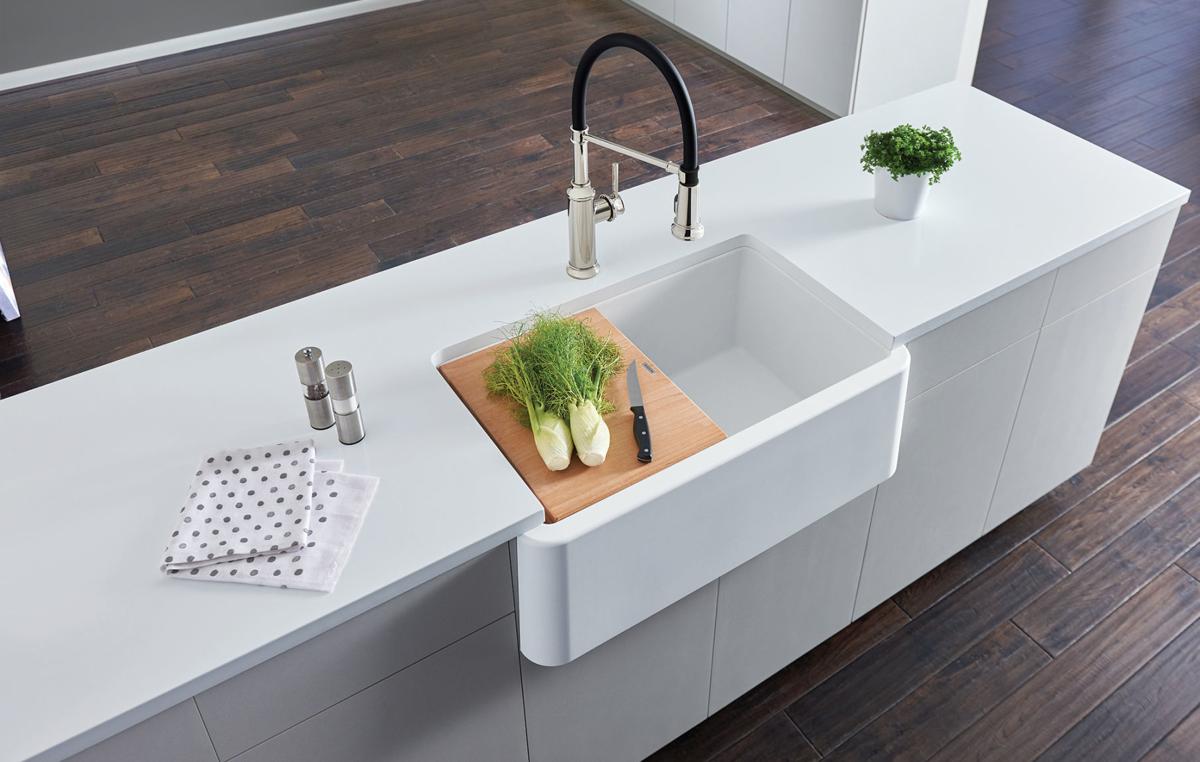







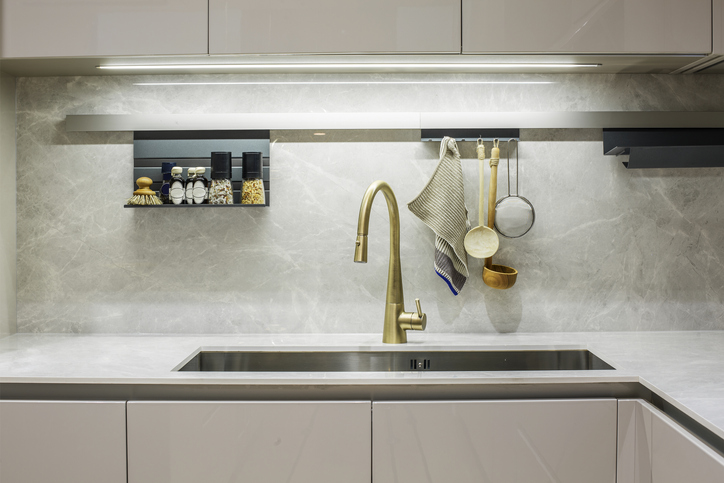
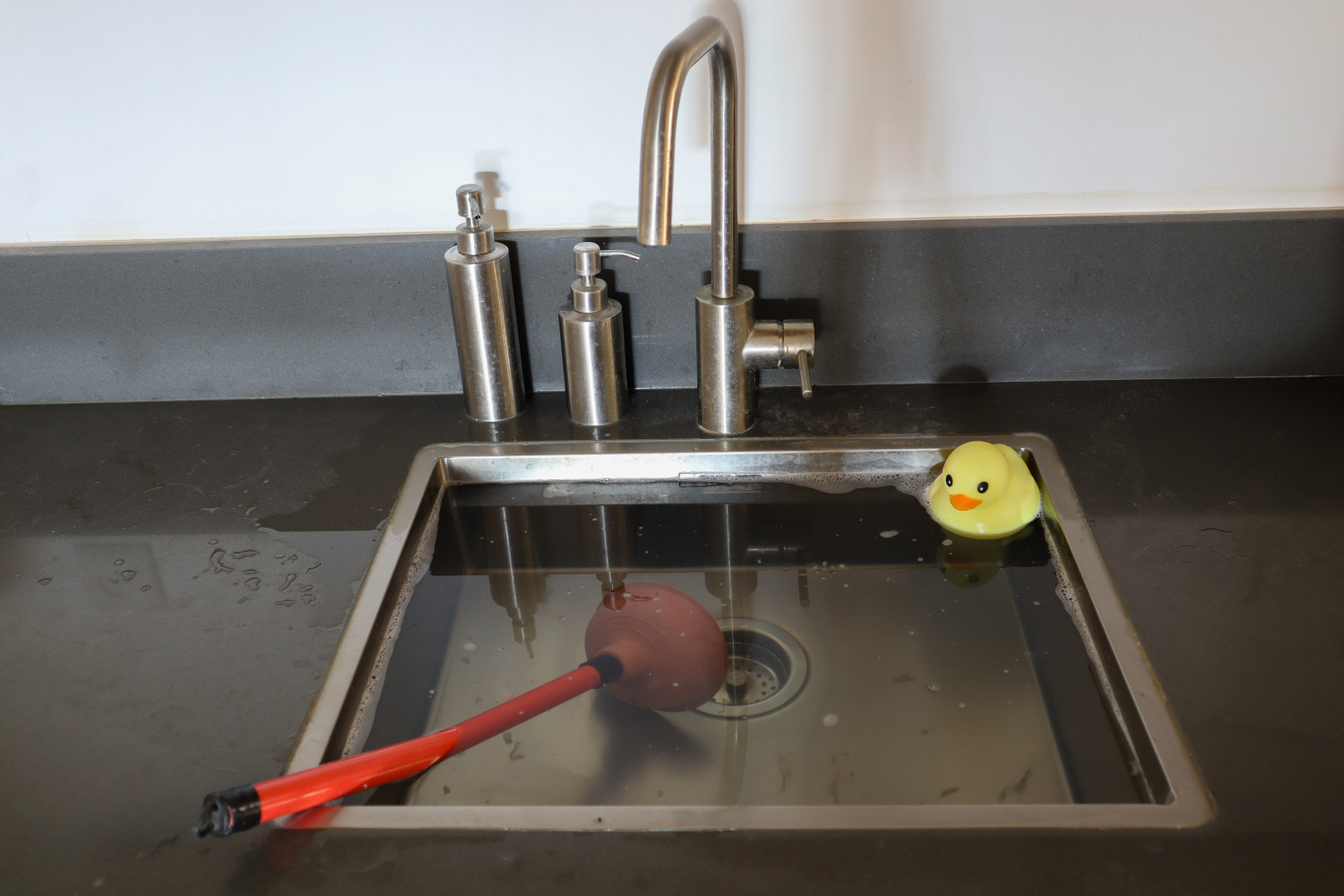
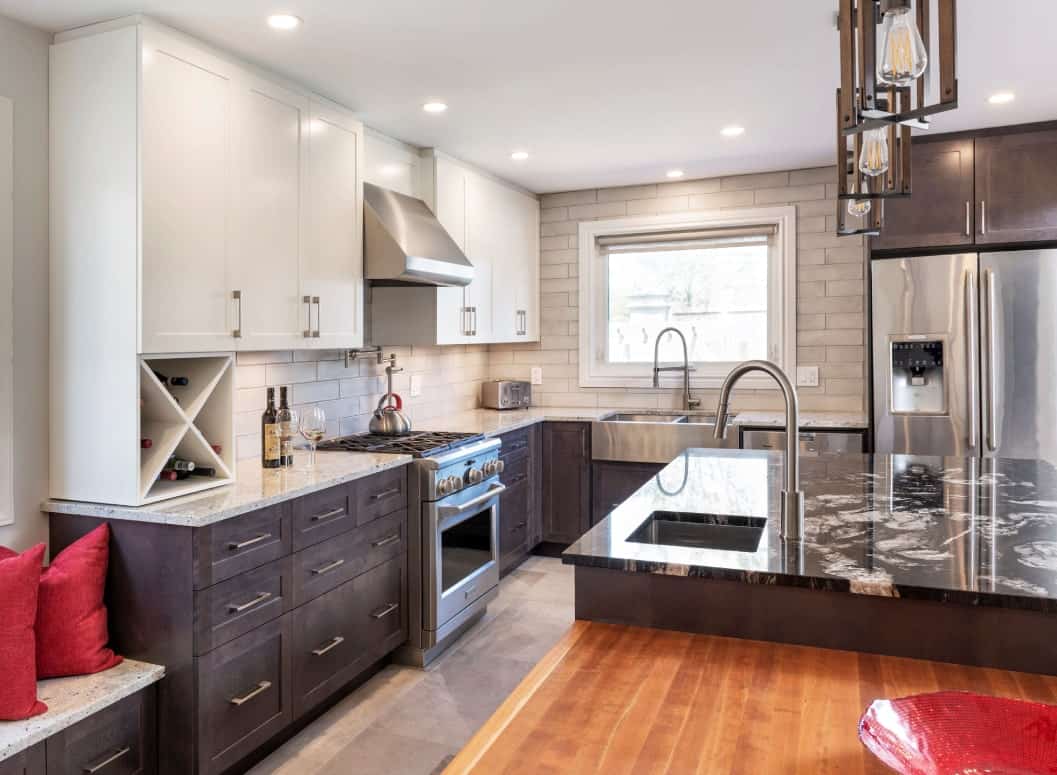
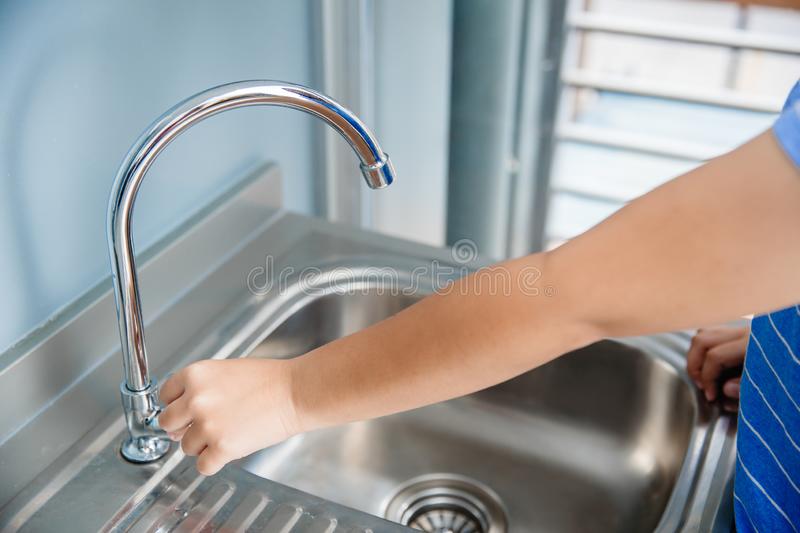








/how-to-install-a-sink-drain-2718789-hero-24e898006ed94c9593a2a268b57989a3.jpg)


















:max_bytes(150000):strip_icc()/GettyImages-174841379-5a85d100ba61770036d9f06c.jpg)
:max_bytes(150000):strip_icc()/Basic-kitchen-sink-types-1821207_color_rev-0b539306b9ef4236a136624ad2a89a4c.jpg)
:max_bytes(150000):strip_icc()/basic-kitchen-sink-types-1821207-hero-54418ed30f9540a9aa6148a1394f33a6.jpg)
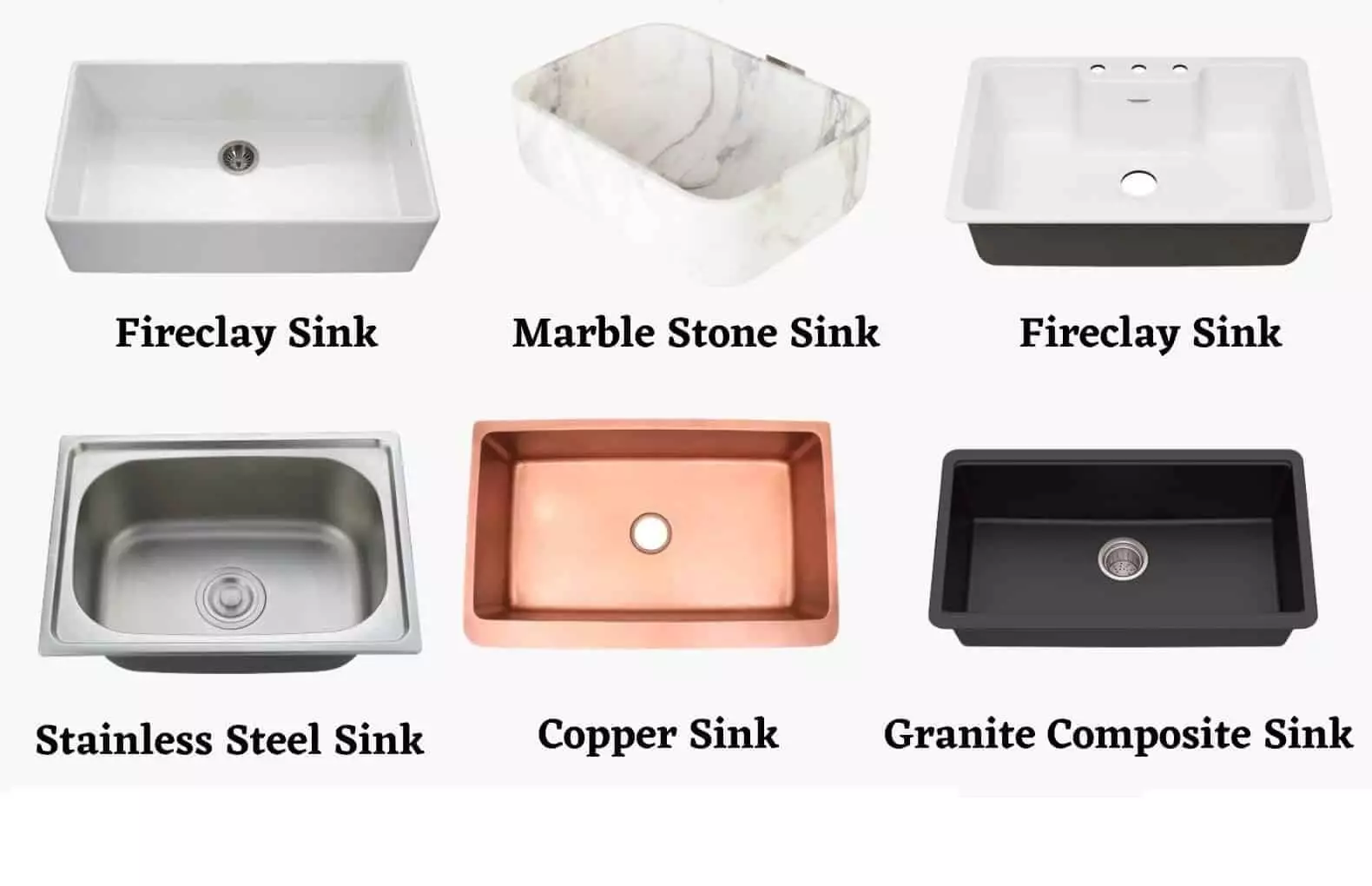
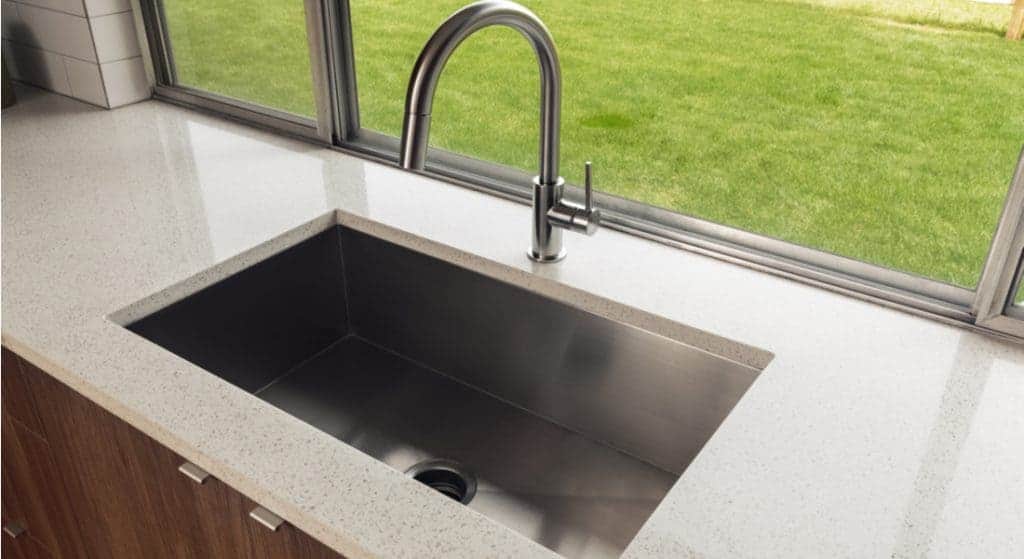
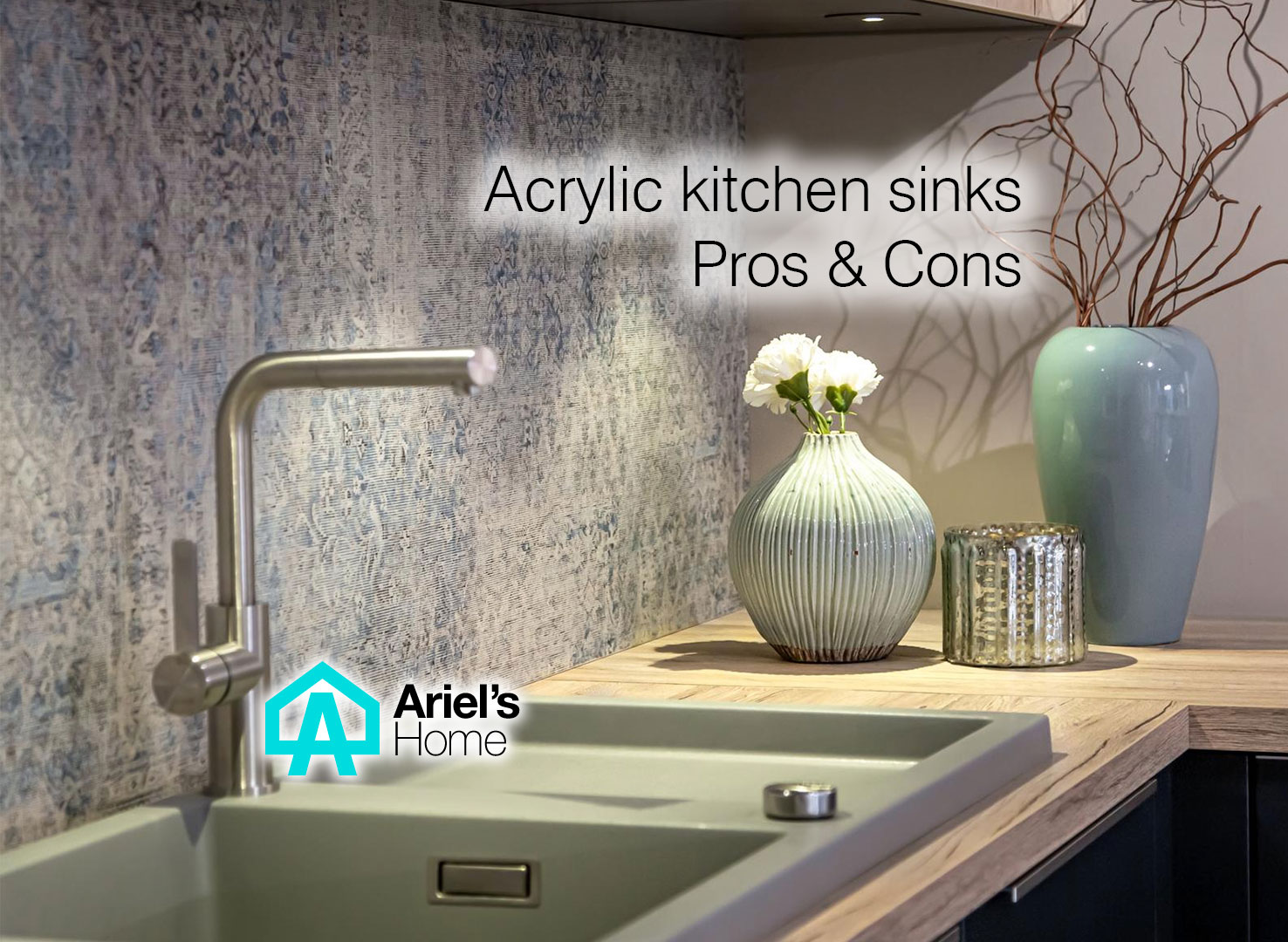
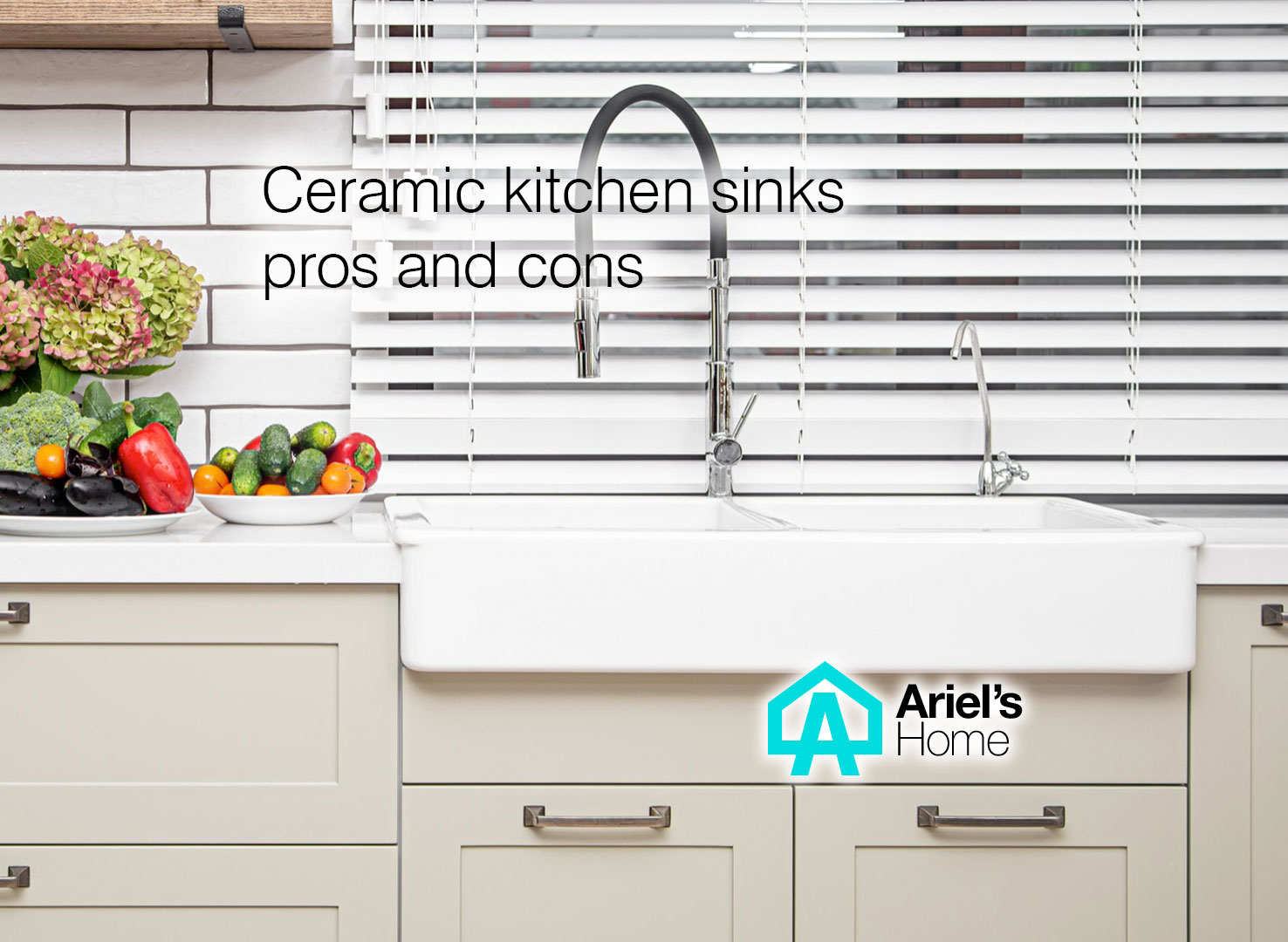






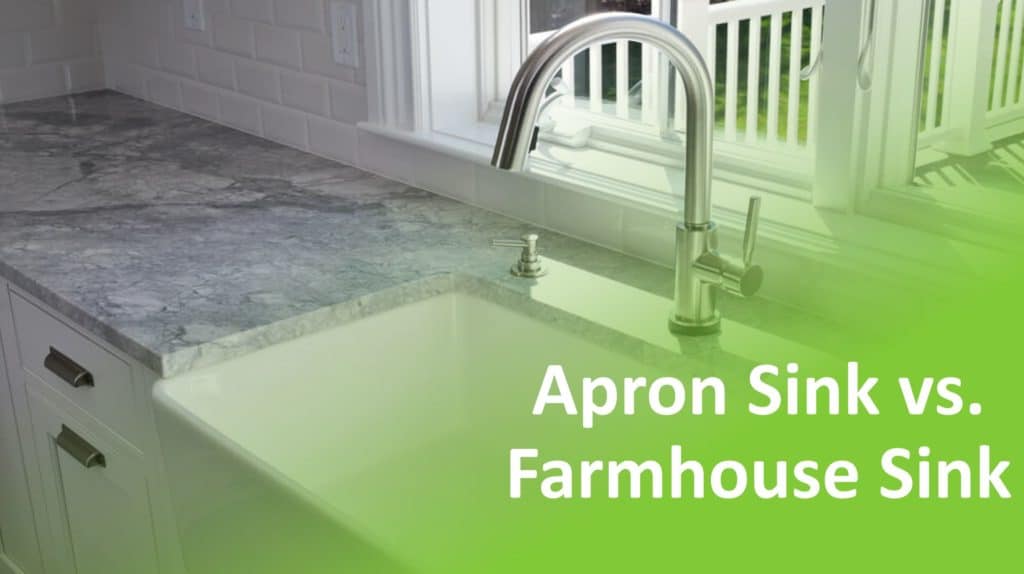



.jpg)


